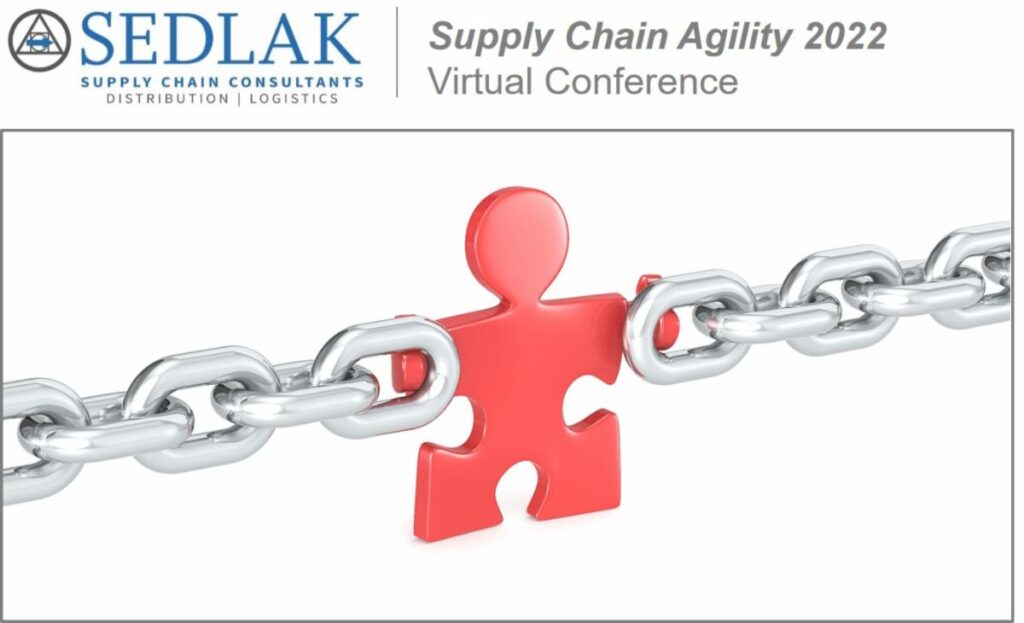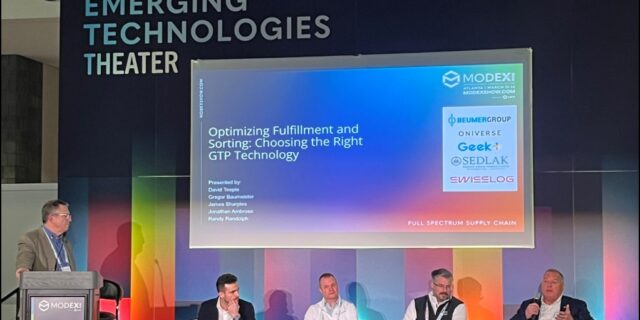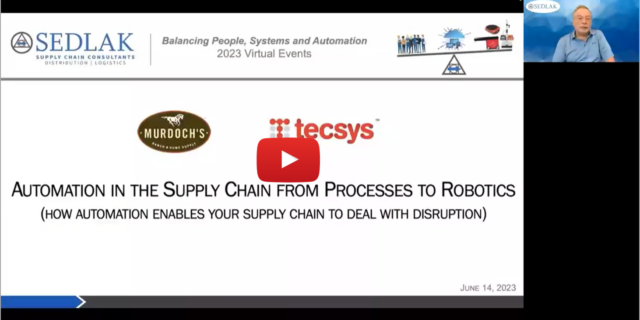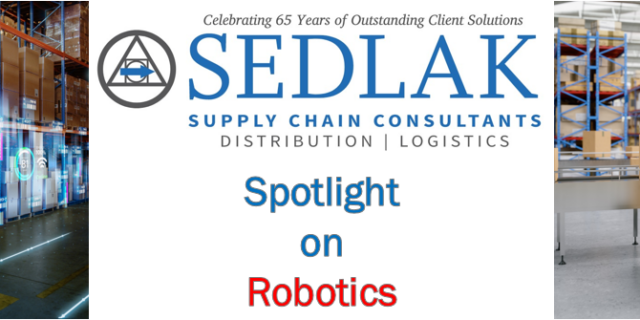Supply Chain Agility Through the Use of Financial and Labor Management Software (Part 3 of 3)
March 10, 2022 By: Louis J. Cerny | Topics: Productivity & Labor, Supply Chain
Blogs 1 and 2 (see the bottom of this post for links) of this series primarily focused on longer term options to improve overall supply chain agility through Network Optimization Modeling and the incorporation of Automation. Unfortunately, with few exceptions such as acquiring AMRs, these options can take 12-24 months to implement to provide the desired level of benefit and agility for your firm.
You likely already have the information you need to improve operating costs and service while reducing the need for additional associates. It is in the data you capture in some form every day. While there is plenty of data (often too much) that comes across your computer, making sense of that data overload and being able to develop actionable improvements is often the challenge.
The good news is that there are software options available that can turn this challenge into a significant opportunity and a strategic advantage for your company.
Financial Management
According to Dan Keto, Co-Founder, President & CTO of Easy Metrics, Inc., “Data is the new black gold. Every enterprise has a wealth of value to be found in their data. Leveraging that operational data can drive productivity, achieve full cost transparency and build a roadmap for digital transformation.”
“Compiling and summarizing operations and work flow data into a cohesive model can provide macro to micro cost and performance metrics for your business and can provide a bridge of understanding between operations and finance,” says Keto.
Many companies try to perform data mining on their own. Developing, testing and maintaining an in- house program requires significant time and effort.
Time is not your friend when it comes to maintaining a competitive edge. I suggest you explore what software options are currently available and do a comparison to what you have today or want to develop. My guess is, whatever your estimate to do this model development in-house is, it will take at least 50% more time and resources than expected and add pressure to your already challenging supply chain responsibilities.
Labor Management
While you’re at it, take the time to explore the Labor Management functionality that may be included in the Financial Model or a module you already own as part of your WMS suite.
The old expression, “You can’t manage what you can’t measure” is truer today than ever before. While every company has some sort of Warehouse Management System in place, a Labor Management module, which requires engineered standards, is often either not implemented because of the cost and time to implement or is abandoned due to the effort to maintain the standards.
In the meantime, finding workers is an ongoing challenge, and what labor you can find expects higher wages and more benefits. Labor costs are up over 8% in many markets. This represents the largest increase in 20 years and can be expected to continue. Implementing a Labor Management system can help mitigate these challenges.
While a traditional LMS requires Engineered Standards as an integral part of the program, many of the benefits of an LMS can be obtained without having to develop and maintain standards.
Capturing the performance data over a period of time will create a database that provides statistically valid performance metrics and will self-regulate without the need to maintain/re-engineer standards.
Systems such as the one provided by Easy Metrics capture missing time and do not require engineered standards. An LMS system such as theirs can typically be implemented in 90-120 days.
Conclusion
Today’s supply chain issues are not going away. Current geo-political strife will only further exacerbate them.
I am confident that as a Supply Chain leader, you are up to the challenge. We are here to assist you in meeting these challenges. If you have any questions on any of the topics covered in this series or want to explore ways to accelerate your supply chain agility, please contact us.
All the topics discussed in this series and more will be presented during our Virtual Conference Supply Chain Agility 2022 on March 15th and 16th. During the conference, leading suppliers will present, along with their users who are achieving a competitive advantage for their organization through the benefits of the MHE and IT systems they are employing. They will also share critical lessons learned through the process.
Read Part 1 and Part 2 of this Series:
Supply Chain Agility: A Challenge or an Opportunity? (Part 1 of 3)
Supply Chain Agility: Dealing with the Challenges of Living in Interesting Times (Part 2 of 3)






